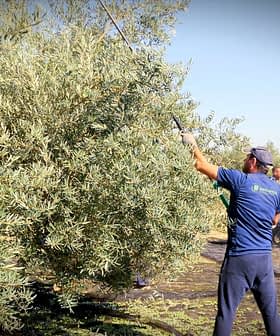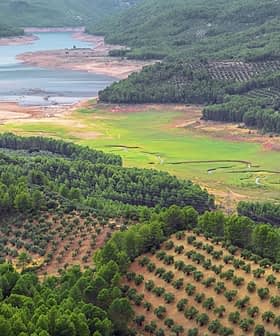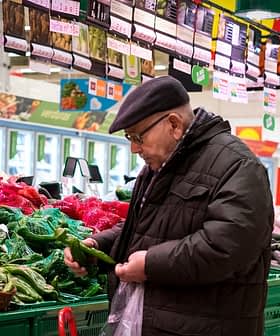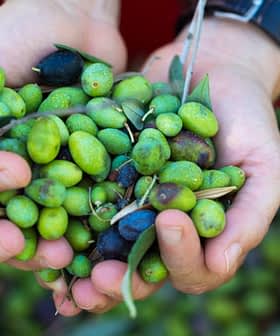By Sarah Schwager
Olive Oil Times Contributor | Reporting from Buenos Aires
Olive growers in Spain’s Jaén province will receive 1.1 million euros ($US1.4 million) to tackle a devastating olive fruit fly plague.
One of the olive grove’s worst enemies, Jaén growers fear the insect could cause millions of euros of losses if not combated before the next harvest, which will begin in December.
The funding from the Council of Andalusia and the Spanish Government will go towards a pest damage control and fumigation campaign that began in July and will continue until November.
The campaign targets olive fruit flies in crops spanning 275,000 hectares (679,500 acres). The farmers themselves are in charge of the campaign, through integrated pest management groups, integrated production groups, or the designation of origin regulatory boards.
To reduce the fly population, the campaign uses two types of flytraps – yellow, sticky chromotropic traps that are designed to attract the flies, and flycatchers. Fumigation treatments are also carried out by aircraft and across land where the terrain permits.
The Mediterranean fruit fly is found throughout the provinces of Andalusia. It causes a significant reduction in the volume of fruit pulp, the fruit to fall prematurely before harvest, and the loss of quality of olive oil, as damaged fruit that is stored for more than a few days triggers increased acidity levels.
According to the University of California’s Center for Invasive Species Research, in some parts of the world the olive fruit fly, which has impacted olive production since biblical times, is responsible for losses of up to 80% of oil value and 100% of various cultivars used as table olives.
The species lays its eggs in all sizes of fruit but prefers large green olives. The maggots then feed on the fruit pulp and pupate during summer or on the ground in late summer and fall. [1] They are found in southern Africa where they evolved, the Middle East, southern Europe and California.

The export of table olives, the flagship of Peru’s Tacna region, fell 57% in the first half of the year compared with the same period last year, according to the Tacna Regional Agriculture Department’s Agricultural Statistics Division.
Fabio Salas Portugal, from the Statistics Division, says 1,720 tons of olives were exported in the first half compared with 3,984 tons last year.
He says among the factors to cause this decline is a whitefly plague which migrated from the Azapa Valley in the north of Chile and swarmed onto agricultural land in La Yarada and Los Palos just across the Peruvian border, which is mainly home to olive crops. Climate change was another factor, he said.
.
[1] Center for Invasive Species Research University of California — Riverside
Photo of olive fly by Marshall W. Johnson








